There are lots of words we use to describe our physical and emotional reactions to sex and the idea of it: libido, drive, horniness, wetness/hardness, being turned on, being in the mood, excitement, attraction, arousal, desire, the list goes on. We often use these interchangeably—which makes sense, since these words are all closely related. But they’re not actually the same, and the distinctions are important. Confusing “arousal” with “horniness,” or saying “attraction” when we mean “desire,” can lead to unrealistic expectations and mixed messages—both of which end up making us feel bad about ourselves. Knowing the difference between these terms can also help people on the asexual spectrum better describe their experiences. (Many asexual people experience arousal but not attraction or desire, for instance.) We’re all for specificity at Dame, so we decided to break down the difference between sexual desire, sexual attraction, and sexual arousal. Allow us to give you a little vocabulary lesson.
Sexual Arousal
Also known as sexual excitement or “being turned on,” sexual arousal refers to the physiological changes that happen when the brain sends the body signals that it’s time for sex. Penis-havers may experience erections, while vulva-havers may experience vaginal lubrication, erect nipples, and an engorged vulva or clitoris. Your heart might speed up, your cheeks might flush, you might start to shiver or twitch. You might feel the urge to moan or make other noises. Though arousal happens as a result of your brain’s messages, it’s not necessarily connected to what’s happening in your consciousness. Sexual arousal is often involuntary, especially during puberty (penis-havers, especially, will remember those humiliating erections during homeroom). It can work the other way, too: We can be happily engaged in sex, also called “subjective arousal,” but our bodies won’t respond in kind. This is called arousal non-concordance. It’s totally normal, although it can be frustrating.
Sexual Desire
Sexual desire is a conscious and motivated interest in sex or sexual activity, triggered either by outside stimuli or private thoughts and fantasies. Also called “libido,” “horniness,” or “sex drive,” it’s not a fixed entity and can fluctuate depending on all kinds of external and internal factors. There’s spontaneous desire, a feeling or craving to have sex even with little or no stimuli, which often gets stronger when it’s been a long time since a sexual release. It’s a state of being rather than a response, and while this is how desire is often depicted in pop culture, it’s actually a somewhat rare kind of sexual desire. More common is responsive desire, when the desire to have sex is activated by some kind of physical or mental stimulation or foreplay. A person might think they're not "in the mood," but once they're touched or talked to in a certain way, that might change.
Sexual Attraction
Sexual attraction is desire or horniness caused by a specific person or group of people—“libido with a target,” as writer Angela Chen wrote in her book, Ace. Someone experiencing sexual attraction might want to have sex with the object of their attraction, or simply find them sexually appealing in a more general way. Sexual attraction sometimes goes hand-in-hand with romantic attraction, aesthetic appreciation, or emotional connection, but it certainly doesn’t have to. People find this concept useful when describing sexual orientations (including asexuality, which means having a lack of sexual attraction, even if one experiences sexual arousal and sexual desire).
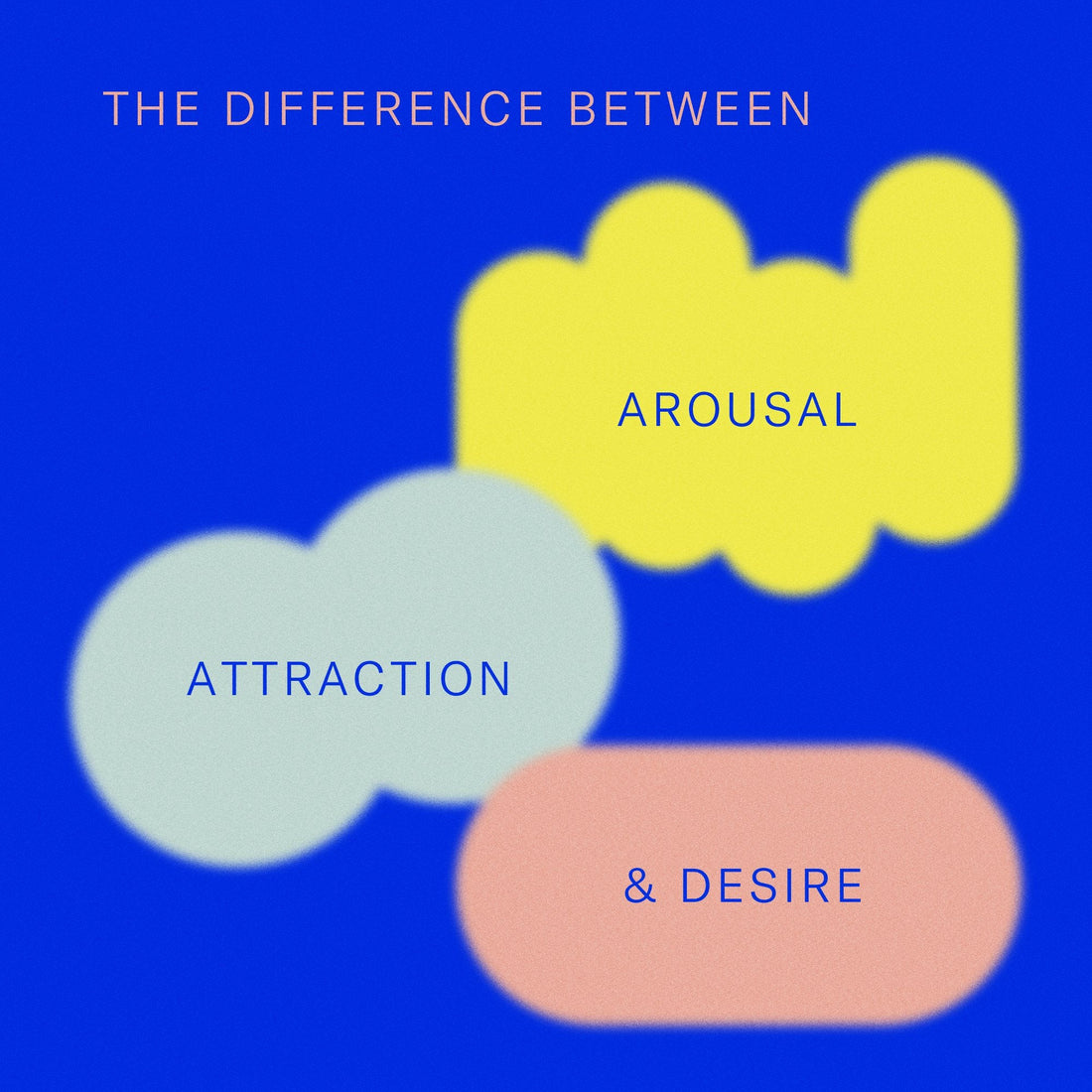
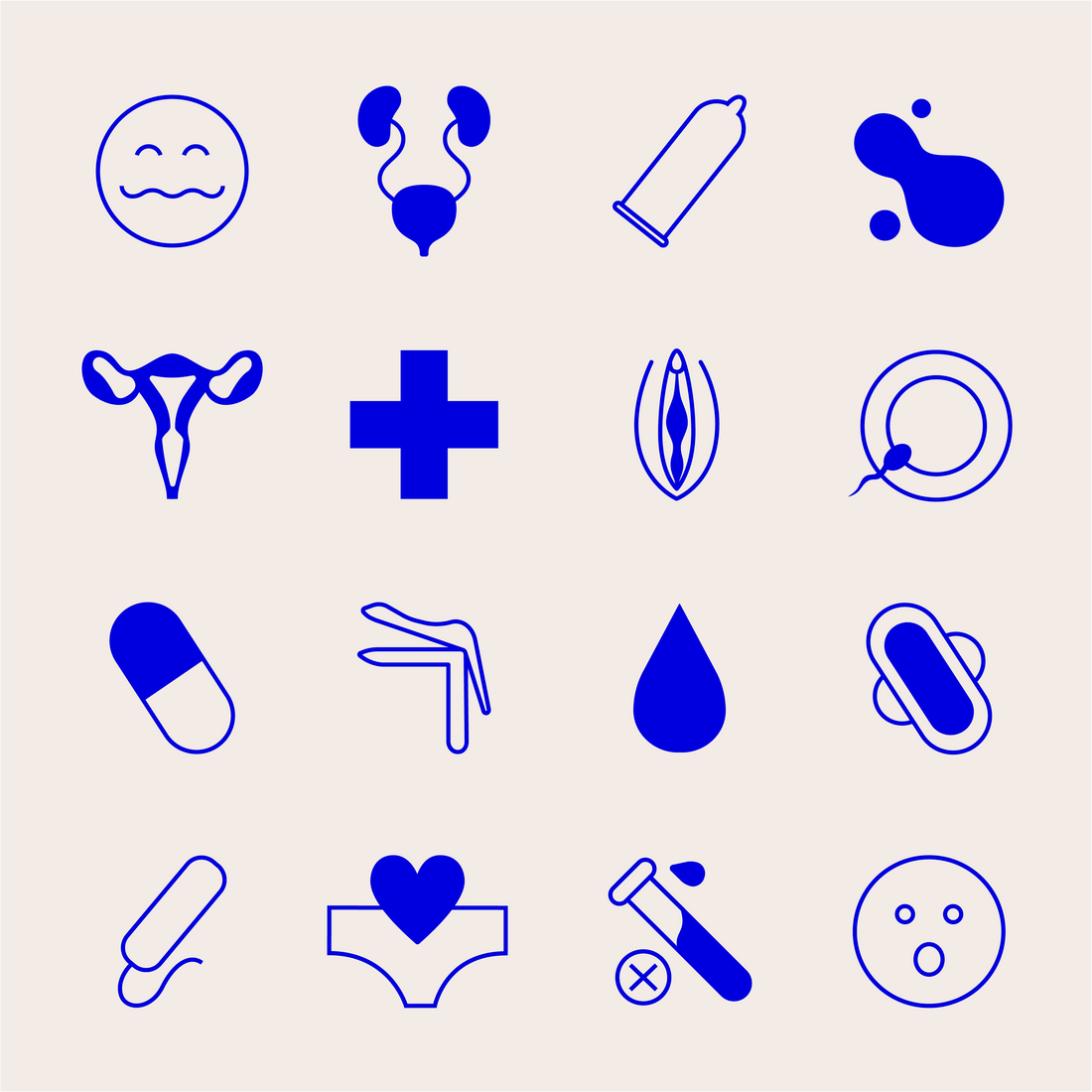
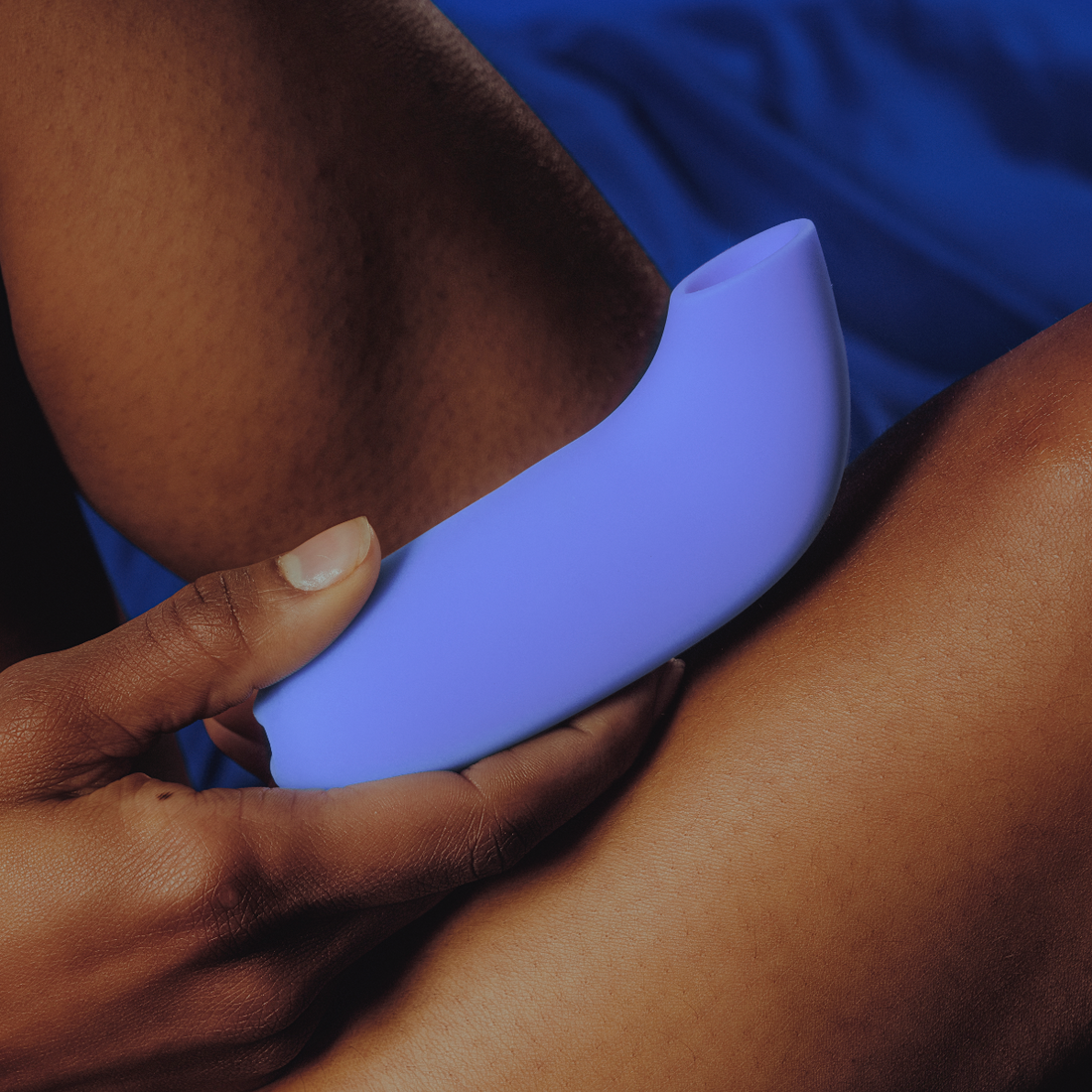
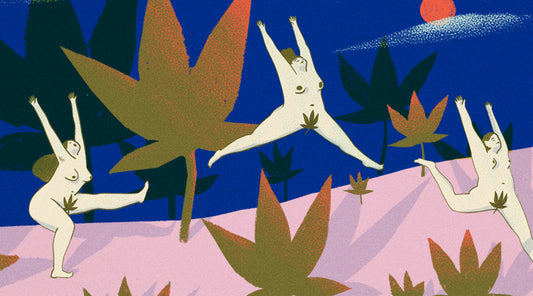
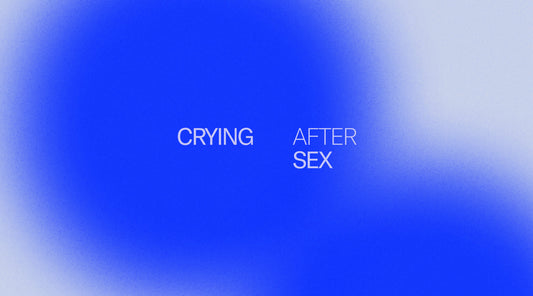
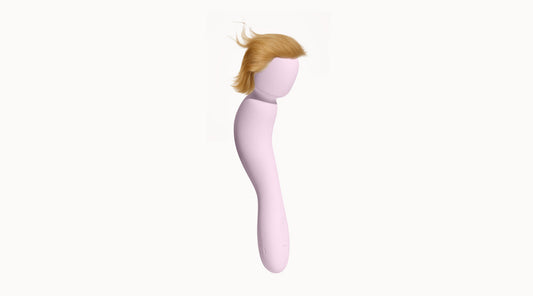
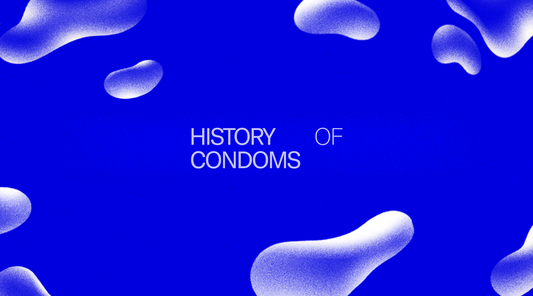


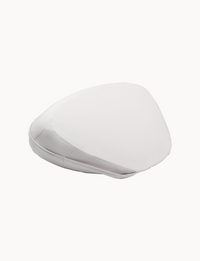
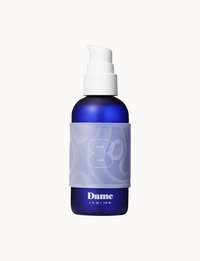
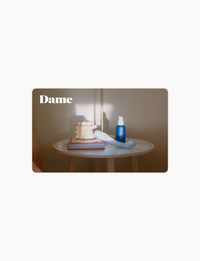

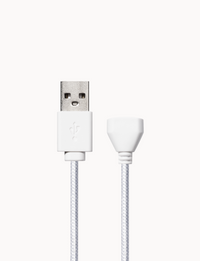


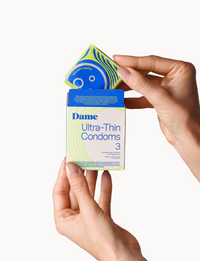
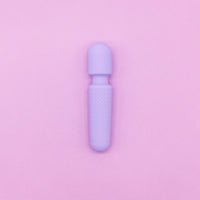
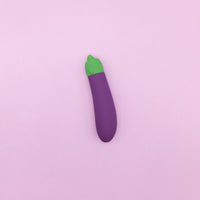
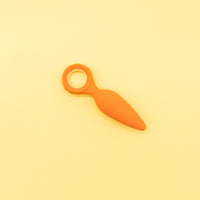

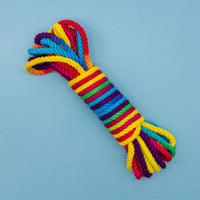

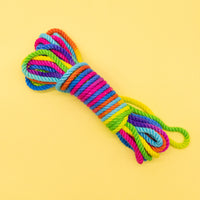

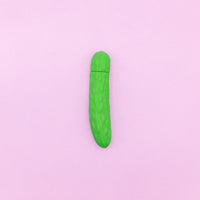

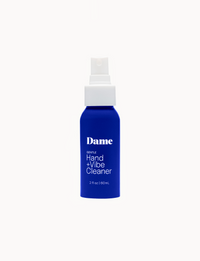
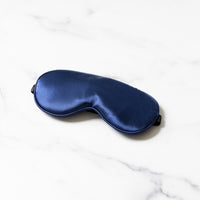
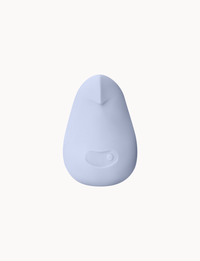


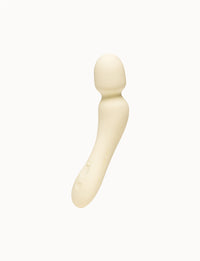

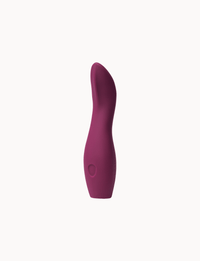
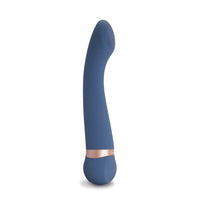

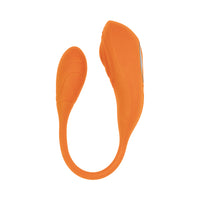
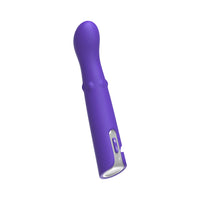
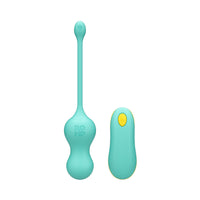
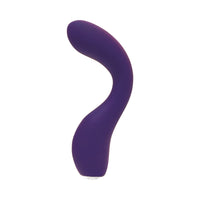
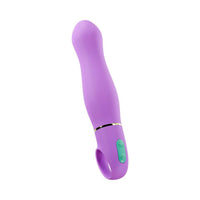
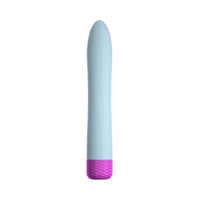

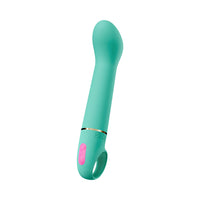

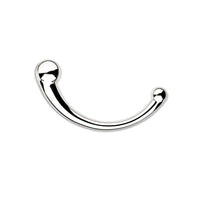
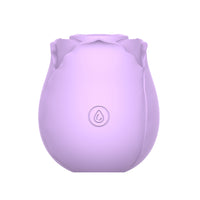
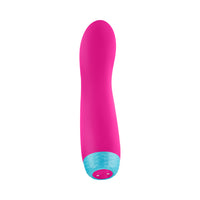




1 comment
Hello! Can you give the references this post is based? I would like to do a deeper research about the topic.